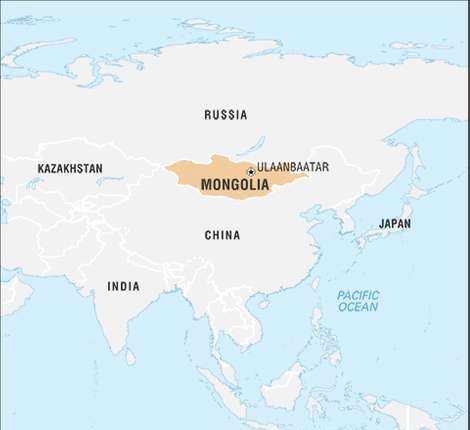7667766266
enquiry@shankarias.in
Asian Infrastructure Investment Bank (AIIB)
Bharat – 22
Exchange Traded Fund
Mohanpura Irrigation Project
CORPAT
Third Neighbour Policy

Source: PIB, Hindu BusinessLine